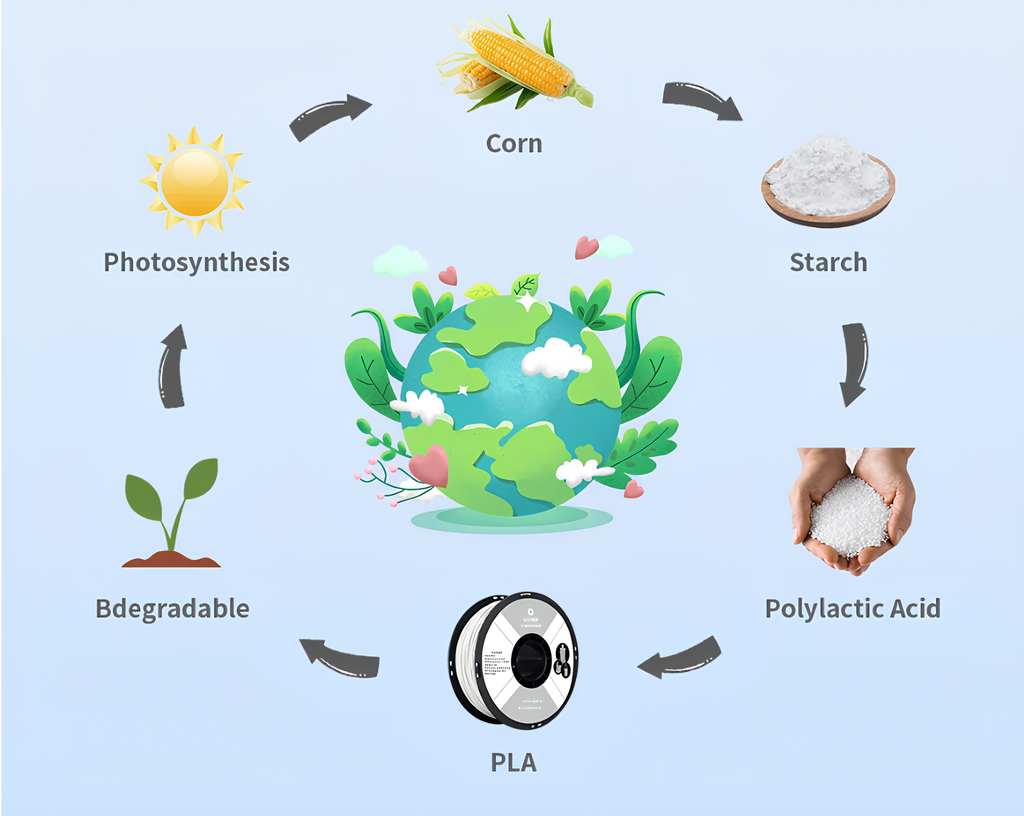As 3D printing continues to gain popularity, many enthusiasts and professionals are left wondering: is PLA filament for 3D printing toxic? This question is crucial, especially for those who use 3D printers in home environments or educational settings. In this article, we will delve into the safety of PLA filament, its composition, and the potential health risks associated with its use.

Understanding PLA Filament
PLA, or Polylactic Acid, is a biodegradable thermoplastic made from renewable resources like corn starch or sugarcane. Its popularity in the 3D printing community stems from its ease of use, low warping, and vibrant color options. However, the question remains: is PLA filament for 3D printing toxic?
Composition and Safety of PLA
PLA is considered one of the safest materials for 3D printing. Unlike some other filaments, such as ABS, which can emit harmful fumes when heated, PLA is known for its low toxicity. The primary components of PLA are derived from natural sources, making it a more environmentally friendly option. However, it is essential to understand that while PLA is generally safe, certain conditions can lead to the release of potentially harmful particles.
Potential Risks of PLA Filament
- Fume Emission: Although PLA emits fewer fumes than other materials, it can still release ultrafine particles (UFPs) when heated. These particles can be harmful if inhaled in large quantities.
- Allergic Reactions: Some individuals may experience allergic reactions to PLA or its additives, although this is relatively rare.
- Proper Ventilation: It is advisable to use 3D printers in well-ventilated areas to minimize any potential risks associated with fume exposure.
Is PLA Filament for 3D Printing Toxic? The Verdict
In conclusion, the answer to the question is PLA filament for 3D printing toxic? is largely no. PLA is one of the safest materials available for 3D printing, especially when compared to alternatives like ABS. However, it is crucial to maintain proper ventilation and be aware of any personal sensitivities. For those interested in further reading, you can explore more about this topic at this link.
Best Practices for Safe 3D Printing
To ensure a safe 3D printing experience, consider the following best practices:
- Always print in a well-ventilated area.
- Use a printer with an enclosed build chamber to reduce exposure to UFPs.
- Wear a mask if you are particularly sensitive to fumes or dust.
- Regularly clean your workspace to minimize dust accumulation.
Final Thoughts
Ultimately, while the question of is PLA filament for 3D printing toxic? may arise, the consensus is that PLA is a safe choice for most users. By following best practices and being mindful of your environment, you can enjoy the benefits of 3D printing without significant health risks. Embrace the creativity that 3D printing offers, knowing that you are using one of the safest materials available.




